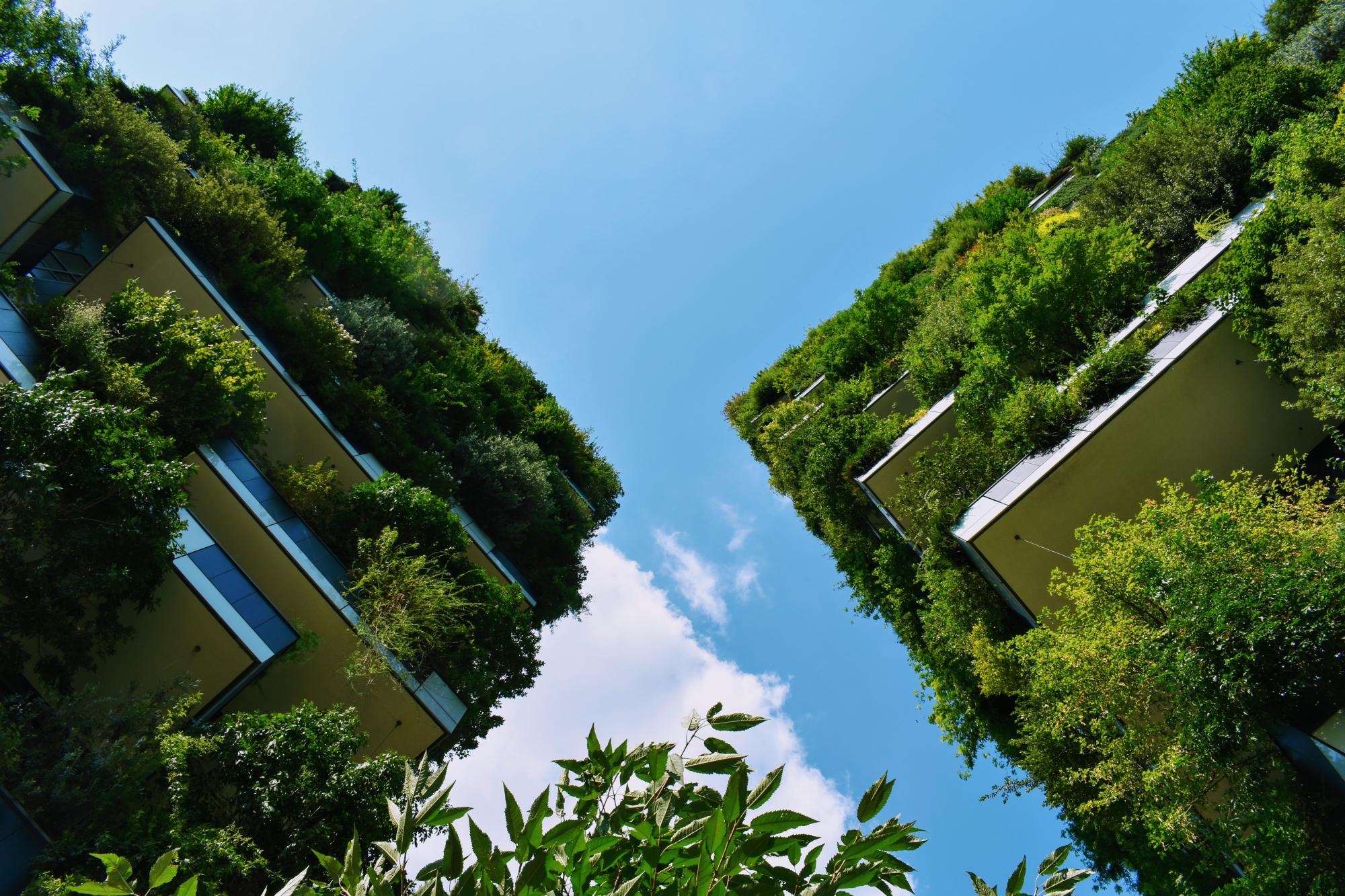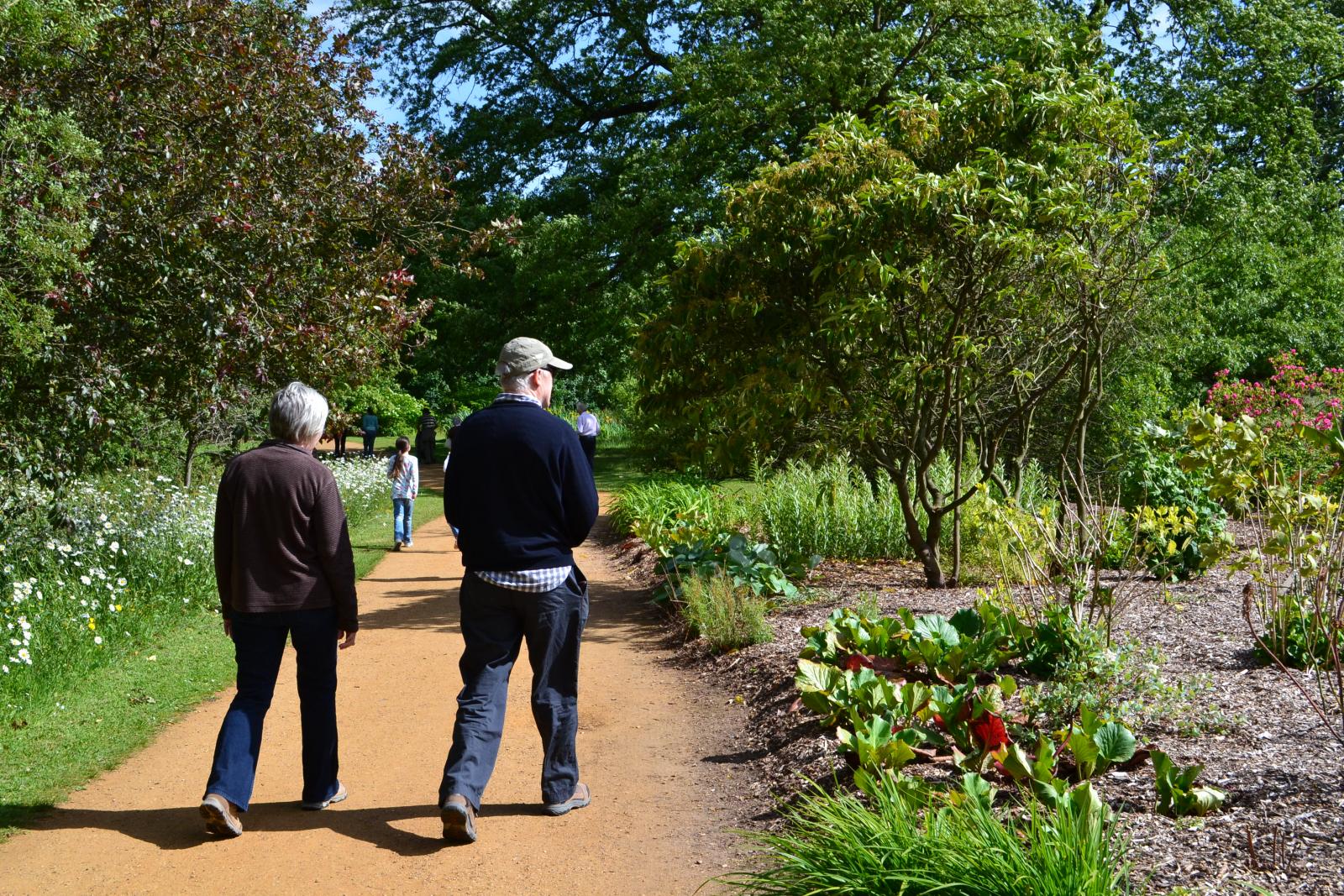Last updated: October 2021
The Harris Garden is situated on the Whiteknights campus of the University of Reading. The garden provides an important amenity for all, giving pleasure to an increasing number of visitors, staff and students. It provides facilities for teaching, conservation and recreation. In 2010, with the closure of Plant Sciences, responsibility for the main part of the garden passed to the Facilities Management Directorate of the University and a major revitalisation programme began; with the "new purpose of conservation and recreation for all". (Ref. 1 , 2)
Overview
Nature-based solution
- Parks and urban forests
- Botanical gardens
- Blue infrastructure
- Lakes/ponds
- Rivers/streams/canals/estuaries
Key challenges
- Water management (SDG 6)
- Improvements to water quality
- Green space, habitats and biodiversity (SDG 15)
- Habitat and biodiversity restoration
- Green space creation and/or management
- Environmental quality
- Waste management
- Health and well-being (SDG 3)
- Creation of opportunities for recreation
Focus
Maintenance and management of urban nature
Project objectives
The botanic garden is a teaching and research resource for the University of Reading. The overall objective of the redevelopment of the botanic garden is the new purpose of conservation as well as recreation for all [i.e. recreation and conservation is the project's primary function], e.g. inviting residents to explore the garden at leisure or take guided tours. (Ref. 2) The goal is also to modernize and reduce the level of maintenance required in the central area of the garden so allowing time and effort to be focused on the specialized areas. Also, to clean the pond within the garden and remove all the debris. (Ref. 4)
Implementation activities
The stream and main pond have been the focus of attention for maintenance work where the main pump that circulates the water from the bottom pond to feed the stream was cleared of silt and leaf debris. The ponds have been refilled and the pump is keeping the stream flowing from 8 till 6 each day on a timer switch. Further planting was planned during the spring (along the stream). Replanting took place at the entrance area of the garden and in the green border (e.g. trees planted to the right of the garden entrance include 2 Eucryphia nymansensis, 1 Acer, 1 Hoheria and 3 Corelopsis low spreading shrubs). The green border was planted with a selection of bamboos along the back with banana plants ( Musa basjoo), Fatsia japonica and hydrangeas etc. (Ref. 4)
Biodiversity conservation or restoration-focused activities
Biodiversity restoration:
- Restore species (native, endangered, or unspecified)
- Restore native species
- Restore valued species
Main beneficiaries
- Non-government organisation/Civil Society
- Researchers/University
- Citizens or community groups
Governance
Management set-up
- Led by non-government actors
Type of initiating organisation
- Non-government organisation/civil society
- Researchers/university
Participatory approaches/ community involvement
- Dissemination of information and education
- Consultation (e.g. workshop, surveys, community meetings, town halls)
- Joint implementation (e.g. tree planting)
Details on the roles of the organisations involved in the project
The garden is now run by the Grounds Department of the University and remains a key teaching and research resource for Biological Sciences. (Ref. 3) The Grounds Department of the University of Reading has been working with the Friends of the Harris Garden to implement these changes and has taken on the day to day maintenance. (Ref. 4) Also, weekly volunteers provide essential maintenance in the botanic garden working with the University’s Grounds Team. (Ref. 6, 2)
Project implemented in response to ...
... an EU policy or strategy?
Unknown
... a national policy or strategy?
Unknown
... a local policy or strategy?
Unknown
Financing
Total cost
Unknown
Source(s) of funding
- Funds provided by non-governmental organization (NGO)
- Other
Type of funding
- Direct funding (grants, subsidies, or self-financed projects by private entities)
Non-financial contribution
Type of non-financial contribution
- Provision of labour
Who provided the non-financial contribution?
- Citizens (e.g. volunteering)
Impacts and Monitoring
Environmental impacts
- Water management and blue areas
- Improved water quality
- Green space and habitat
- Increased conservation or restoration of ecosystems
- Reduced biodiversity loss
- Increased number of species present
- Improved prevention or control of invasive alien species
Economic impacts
- More sustainable tourism
Socio-cultural impacts
- Social justice and cohesion
- Improved social cohesion
- Improved access to urban green space
- Health and wellbeing
- Improved mental health
- Gain in activities for recreation and exercise
- Cultural heritage and sense of place
- Improvement in people’s connection to nature
- Education
- Increased support for education and scientific research
- Increased awareness of NBS and their benefits
Type of reported impacts
Achieved impacts
Presence of formal monitoring system
Unknown
Presence of indicators used in reporting
No evidence in public records
Presence of monitoring/ evaluation reports
No evidence in public records
Availability of a web-based monitoring tool
No evidence in public records
References
Ref. 1. Friends of the Harris Garden (n.d.) The Harris Garden. University of Reading. Available at: Source link. Accessed on 11th September, 2020.
Ref. 2. University of Reading (2011) Blooming Marvellous - new look university botanical garden now open to all. May, 2011. News & Events. Available at: Source link. Accessed on 11th September, 2020.
Ref. 3. University of Reading (n.d.) Harris Garden. School of Biological Sciences. Museums & Gardens. Available at: Source link. Accessed on 11th September, 2020.
Ref. 4. Friends of the Harris Garden (2011) January 2011 in the Harris Garden. January, 2011. Blog. Available at: Source link. Accessed on 11th September, 2020.
Ref. 5. BGCI (n.d.) BCGI's manual on planning, developing and managing of botanic gardens. Botanic Gardens Conservation International. Available at: Source link. Accessed on 11th September, 2020.
Ref. 6. Friends of the Harris Garden (n.d.) About the Friends of the Harris Garden. Available at: Source link. Accessed on 11th September, 2020.
Ref. 2. University of Reading (2011) Blooming Marvellous - new look university botanical garden now open to all. May, 2011. News & Events. Available at: Source link. Accessed on 11th September, 2020.
Ref. 3. University of Reading (n.d.) Harris Garden. School of Biological Sciences. Museums & Gardens. Available at: Source link. Accessed on 11th September, 2020.
Ref. 4. Friends of the Harris Garden (2011) January 2011 in the Harris Garden. January, 2011. Blog. Available at: Source link. Accessed on 11th September, 2020.
Ref. 5. BGCI (n.d.) BCGI's manual on planning, developing and managing of botanic gardens. Botanic Gardens Conservation International. Available at: Source link. Accessed on 11th September, 2020.
Ref. 6. Friends of the Harris Garden (n.d.) About the Friends of the Harris Garden. Available at: Source link. Accessed on 11th September, 2020.


